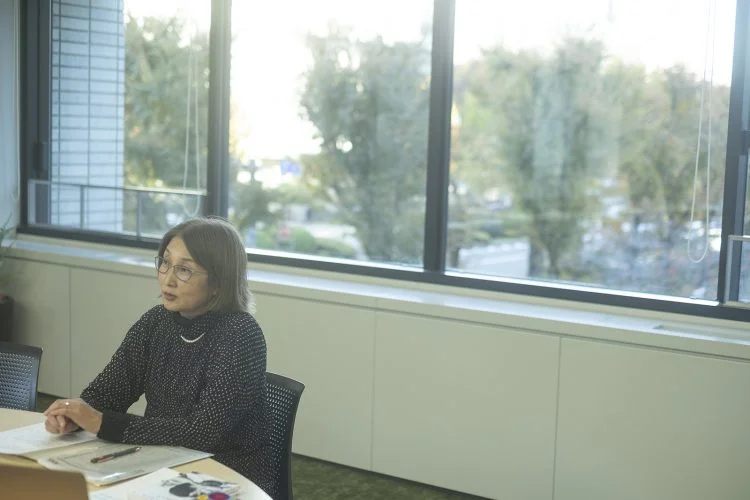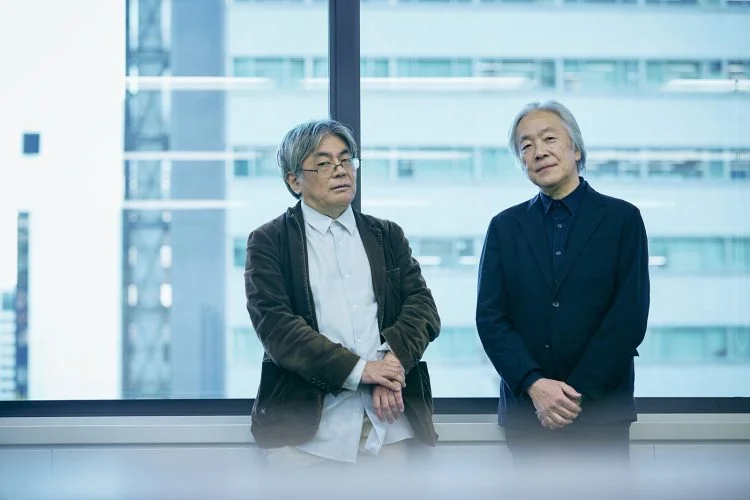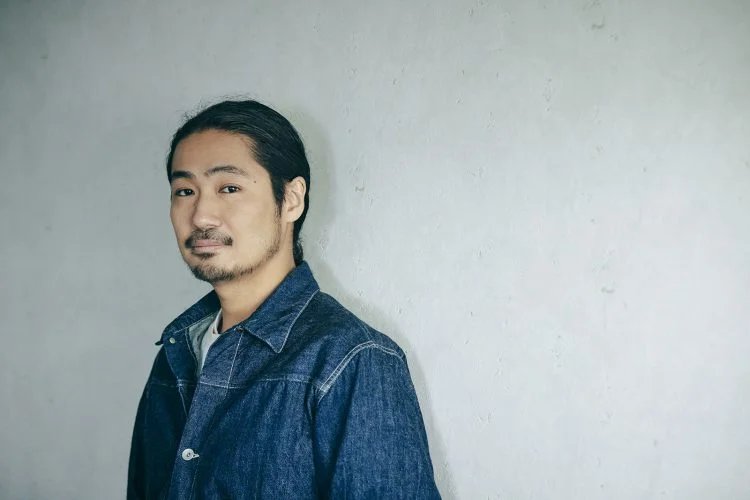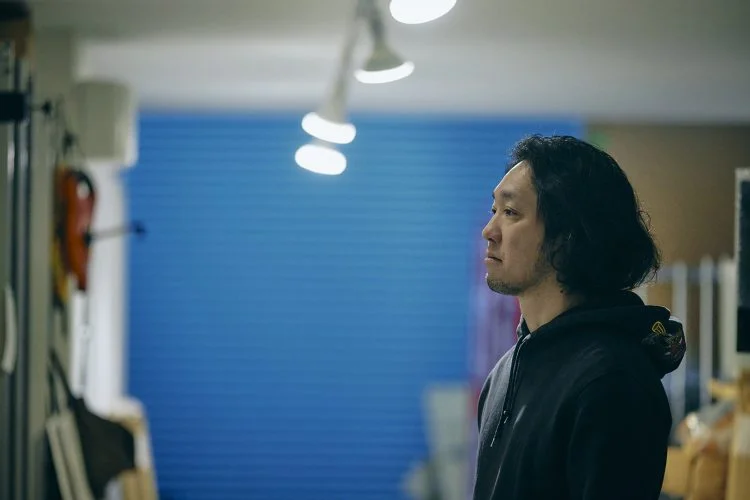Interview / I I I I
デザインアーカイブの歴史と事例を知る
Design as a new national resource
──Toward the construction of a networked design archive

A project aimed at fostering economic development, national pride, and creative confidences with Japan’s design archives as a starting point has been launched in 2024. The project aims to develop Japan’s design archives as a starting point for economic development and the fostering of national pride and creative confidence. With this in mind, how have the activities to connect design resources that exist in various parts of Japan been carried out? Seiichi Saito, who has extensive experience in pioneering design work and collaboration with government agencies as the leader of Panoramatics, and Kyoko Kuramori, who also produces design-themed programs and serves as the president of Design-DESIGN MUSEUM, a general incorporated association, reviewed the discussions to date.
An attempt to connect Japan’s design resources
──As part of the “Project to Promote Overseas Expansion Utilizing Design Resources of Japanese Companies,” the ideal form of design archives was discussed at three expert meetings in FY2024. What emerged from the experts’ meetings was that while there are many excellent archives in Japan, the maintenance and expansion of these archives are left to individual organizations, and it is difficult to ensure their continuity. I believe that Saito-san and Kuramori-san, who have participated in various conferences, have a bird’s eye view of these discussions.
Seiichi Saito (hereafter, Saito) : Since Issey Miyake and Masaki Aoyagi launched the “Association to Create a National Design Museum” in 2012, there have been many discussions on the necessity of a national design archive or design museum. As the Internet as an infrastructure has been developed and the limitations of physical collections by individual organizations have become apparent, the search for an archive of a “networked” nature seems to be gaining momentum year by year.
Kyoko Kuramori (hereafter, Kuramori) : The “Agency for Cultural Affairs Model Project for Formation of Archival Core Centers” launched in 2015 was a pioneering initiative as a network-type archive. Targeting the three fields of graphic arts, fashion, and products, the project was a collaboration between the Kyoto Institute of Technology’s Museum of Arts and Crafts, the Musashino Art University Museum & Library, and Bunka Gakuen University, and attempted to connect each center with its respective collection data.
──We have heard that there is an ongoing debate on the definition of what constitutes a design category as an archival object.
Kuramori : Through the activities of the Design-Design Museum, a general incorporated association we established in 2019, we have come to believe that “Everything created by people is design.” From this, we have a vision of “all of Japan becoming a design museum,” with the totality of prefectural museums, local archives, corporate archives, and private collections throughout the country working in tandem. With a nationwide network as a backdrop, we are developing ideas for establishing a realistic venue, such as a room at the National Art Center, Tokyo, which would become a permanent exhibition room of the National Design Museum.
Saito : When you look at design from such a broad perspective, the total amount of existing design archives in Japan is as large as those in Italy or China. However, there was a period of time when we could not overcome the debate about where the entity to promote the archive in a comprehensive manner should be.
The “DESIGN デザイン design JAPAN Design Resource Database” (hereinafter referred to as “DESIGN デザイン design”) is a project under the jurisdiction of the Ministry of Economy, Trade and Industry. The clear positioning of design as a national resource has been significant, and has helped to move the discussion forward. It treats past design as something alive and connects it to new industries and the future. A shift in the value and significance of the archive is taking place.
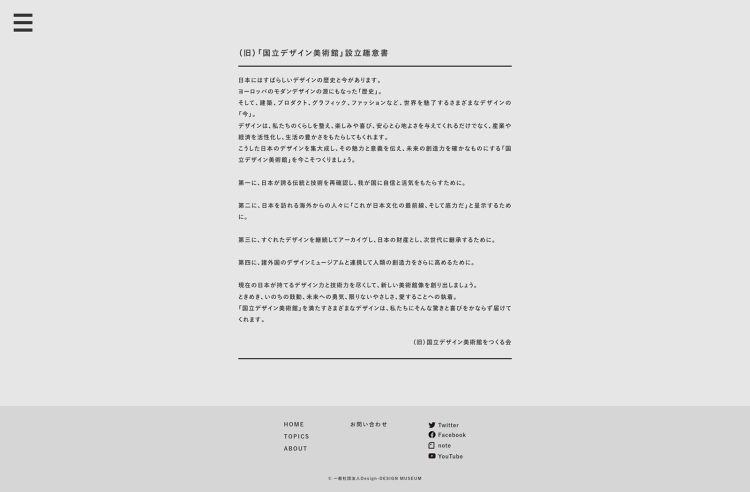
Database Construction and Prospects
──One of the activities in FY2024 was networking with 15 institutions nationwide that hold design resources. How did you work with the archival data owned by each organization?
Kuramori : First of all, for each design to be registered in the “DESIGN デザイン design” database, we ask the user to enter various items such as year of creation, year of release, dimensions, copyright registration number, and holding location. We would like to find a good way to integrate the database with the help of Ms. Masako Kawaguchi of the National Art Research Center, who is a member of the expert panel, to make it easier for many institutions to enter information. We would like to find a good way to integrate the data.
Saito : It is a process that can be described as “reinventing the wheel” using a small database that each organization has, such as Excel and websites. While there have been efforts such as the Japan Design Organizations As One (DOO) to bring together previously dispersed design organizations, no one has been able to create shared knowledge by connecting all companies, universities, and design firms. The national government should be able to link these local organizations and archives together.
──Even within the national entity, there seems to be a gap between ministries and other organizations.
Saito : This is related to the outlook of “DESIGN デザイン design,” but we are also expanding our ideas for “horizontal development” beyond the creation of a rich design archive. We are also working with the Cabinet Office and the National Diet Library on “Japan Search” in the design field, with the Ministry of Land, Infrastructure, Transport and Tourism on applications in the architectural field, and with the Ministry of Education, Culture, Sports, Science and Technology on design education.
If such efforts are accumulated, the idea of building a national archive and the possibility of creating an archive that crosses fields such as art, design, film, and music in a modern form will emerge.
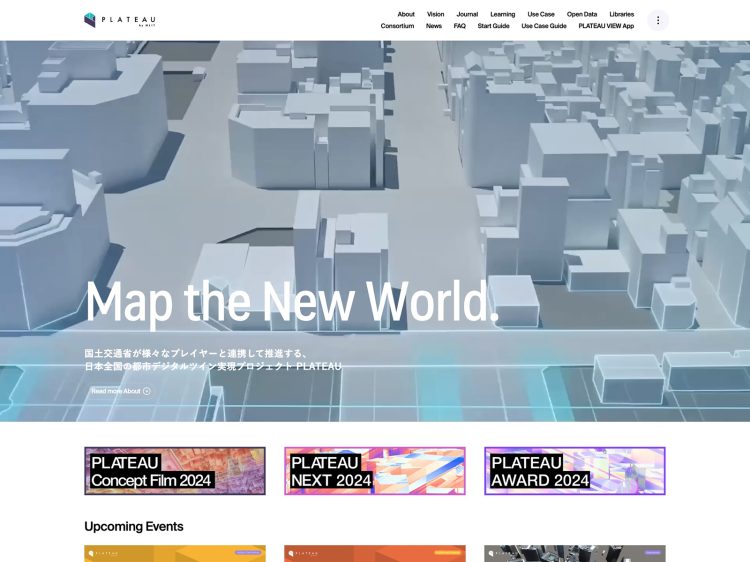
Toward the utilization of design resources
──The reality is that there are far fewer archivists and curators in the design field than in the art field. With the launch of “DESIGN デザイン design,” there will be a greater need to expand human resources and create an archival format unique to the design field.
Kuramori : Design includes tools that are required to be practical and functional in our daily lives. I think it is an essential aspect of design, even in terms of the difference from art, to not only record and collect them as works of art, but also to make digital data available to the public as something that is actually used and useful.
Saito : In terms of how to treat Shiro Kuramata’s “Miss Branch,” if it is on a podium, it is considered a work of art, and if it is in a room or on a terrace where children can sit, it is considered a design. In terms of archiving, I think that design and art should be considered separately, and that the aspect of utilization should be strengthened in design.
──What exactly is the utilization of design resources and how is it put into practice?
Saito : In the course of promoting cooperation with various dispersed design archives, such as museums, universities, companies, and design firms, we have witnessed a situation in which different organizations have completely different ideas and status regarding the business of design archives and intellectual property. It was around the time when we started this activity that a review of the operation of the Toshiba Museum of Mirai Kagaku-kan was announced. While we have received support for the creation of a network, we have not yet been able to find a common solution for the utilization of the design archives, because the circumstances in which each design archive is placed are so different.
The website of “DESIGN デザイン design” as of FY2024 is a database of design resources and design archives in Japan, and the website of “DESIGN design” as of FY2024 is a website of “DESIGN デザイン design” as of FY2025, database as well as a publicly accessible place for research and reflection. From the next fiscal year onward, we will continue to experiment with all aspects of value creation for design resources.
Kuramori : In addition to seeking uses for participating organizations and professional individuals, we must also consider providing value to visitors who may have a passing interest in design. In the past, there have been initiatives in which the construction of the archive itself has become the objective. Of course, the elaborate creation of a database is an important task.
At the same time, we need to think of the archive as a service or content, and involve both those who are interested in design and those who are not, by taking into account who we want to use the archive and how we want them to enjoy using it. I think it is also necessary to take an approach that encourages people to realize the pure richness of design that is actually spreading around them.
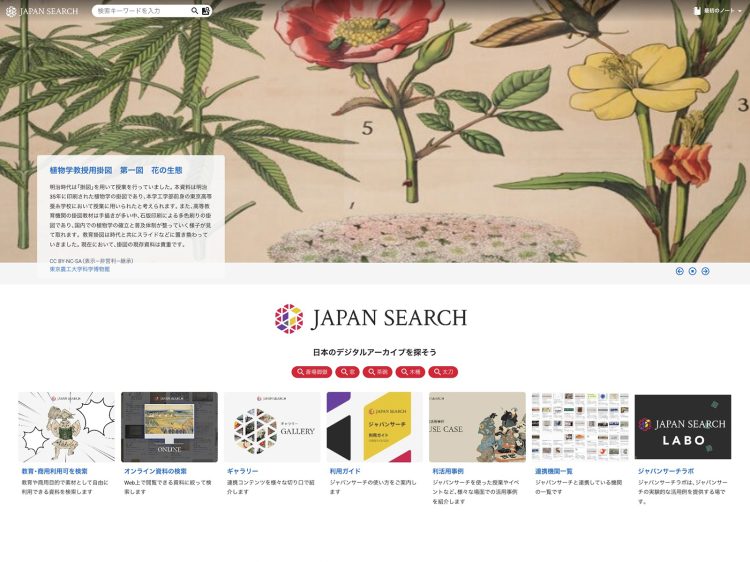
Toward a Universal Design Archive
──It seems to me that the intent of this project is to promote Japanese design overseas in order to promote the industry.
Kuramori : From the very beginning of the project, we have been looking forward to the possibility of Japanese design being used as 3D scan data in video games and virtual content in the hands of creators all over the world. We are also looking to expand the circle of cooperation to include private collectors, so that people can access the archive with the expectation that “This archive contains all of Japan’s design.”
──We can expect to see a phenomenon in which the younger generation will find the designs of the past fresh and interesting.
Saito : A generational shift is definitely underway. As a new generation of design organizations is emerging, we must promote the creation of a universal archive that transcends organizational and chronological barriers. Discussions are underway on how to create a living archive that will house not only designs that have been praised as masterpieces, but also designs of the current generation that are still active.
In order for the activities of “DESIGN デザイン design” to continue, it is necessary for the collaborators to feel that their contribution to this design archive is linked to some kind of economic effect. We would like to build a self-sustaining design archive while considering how to demonstrate its value in terms of attracting people and increasing sales.
*Interviews as of February 2025.
プロフィール
Kyoko Kuramori
Chief Producer, Art and Culture Group, NHK Educational Content Production and Development Center, NHK Educational, Inc.
Joined NHK in 1987. She was assigned to Okayama Broadcasting Station as a director. After working in the Social Information Programming Department, from 1996 she was in charge of art programs at NHK and NHK Educational, mainly “Sunday Museum.”
She has developed programs on art and design, as well as events that develop from the programs. Major programs she has produced include NHK Special “Katsura Rikyu”; 4K programs “Issey Miyake: Design no Kokochi” and “Beautiful Slow Life”; 8K programs “Louvre Museum,” “Musee d’Orsay” and “Welcome to National Treasure.” Series programs include “Techne: The Classroom of the Moving Image,” “Bijutsu Tune! TAROMAN: Taro Okamoto’s Special Effects Live Action,” etc. From 2020, she will be involved in “Design Museum Japan,” a project that promotes programs and exhibitions as two wheels of a cart.
She is the representative director of Design-DESIGN MUSEUM, a general incorporated association. She is a specially invited professor at Joshibi University of Art and Design. Trustee of the National Art Center, Tokyo.
Seiichi Saito
President of Panoramatiks, Abstract Engine Co.
Born in Isehara City, Kanagawa Prefecture in 1975. Studied architectural design at Columbia University’s School of Architecture (MSAAD – Master of Science in Advanced Architectural Design), and founded Rhizomatiks Inc. (now Abstract Engine Inc.) in 2006. After leading the in-house architecture department, he formed “Panoramatiks” in 2020 under the theme of “CREATIVE ACTION,” connecting governments, companies, and individuals to work from planning to implementation to solve issues while engaging in cross-disciplinary fields such as regional design, tourism, and DX.
He has been the chairperson of the jury committee of the Good Design Award since 2023, the head of the jury section of the Digital Design Division of the D&AD Award in 2023, and the director of the co-creation program for the Expo 2025 Osaka-Kansai EXPO.

